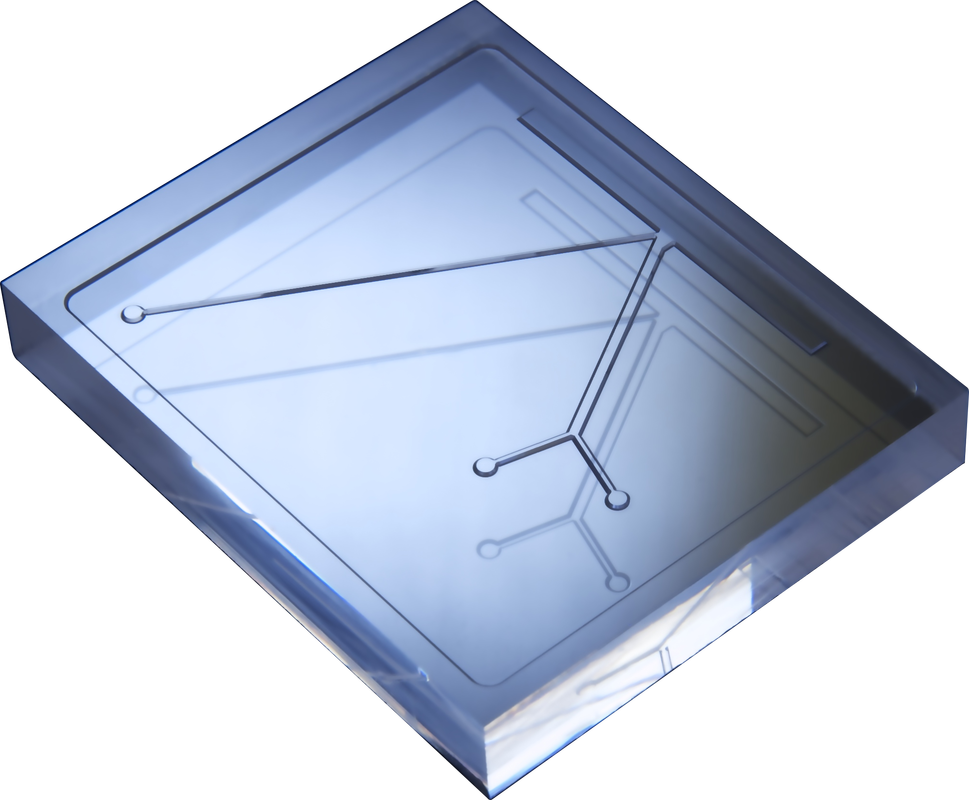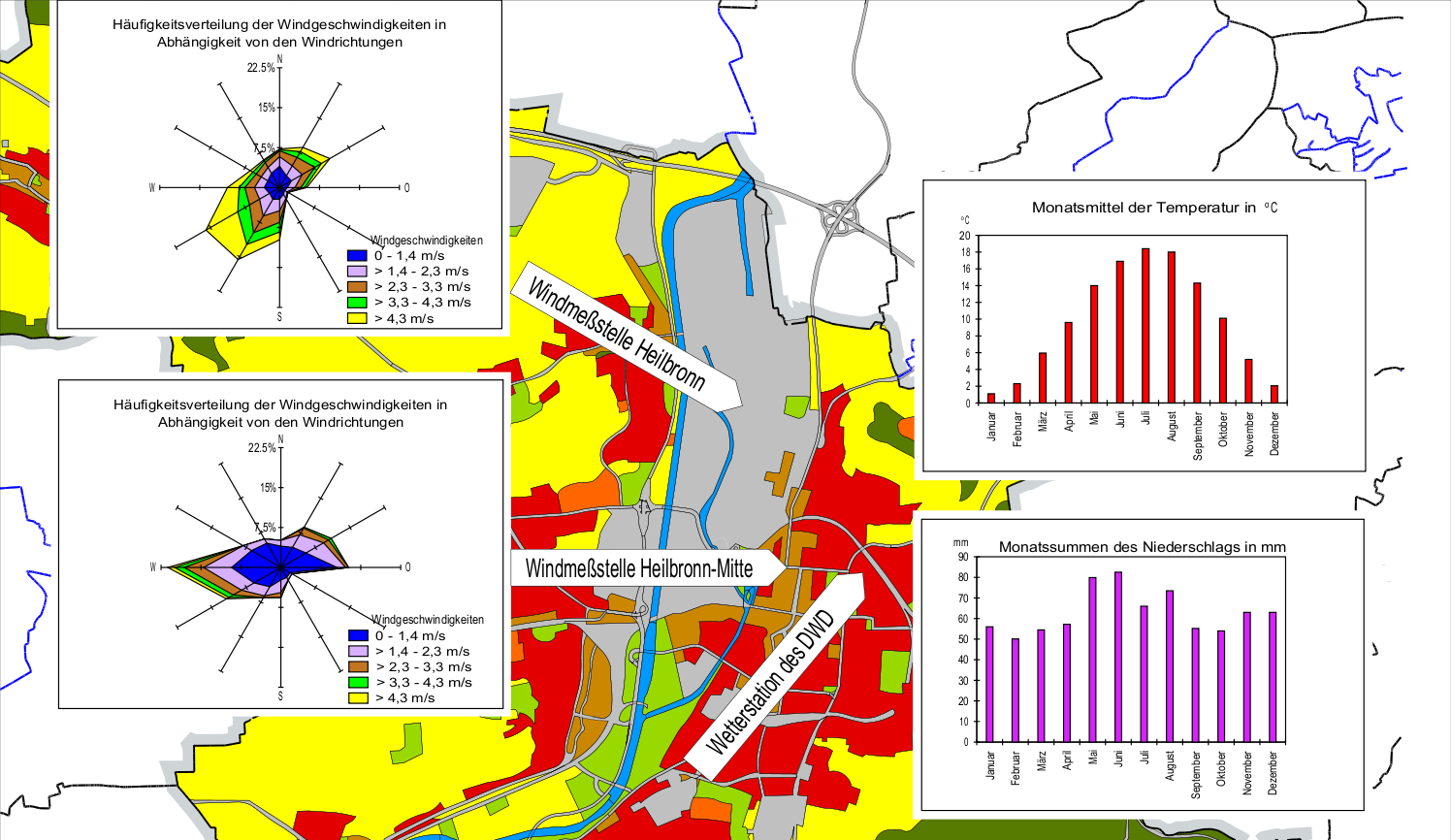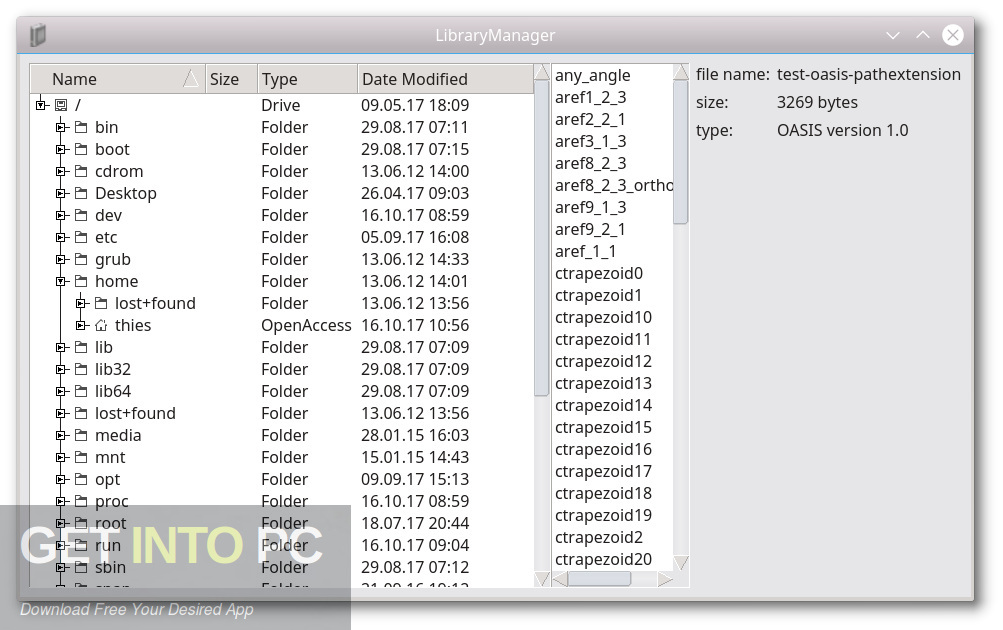Requirements
Aug 25, 2020 In the Layout Editor, you can quickly build layouts by dragging UI elements into a visual design editor instead of writing the layout XML by hand. The Layout Editor Contents. This document describes Layout Editor and how to use Layout Editor to make PanelPro panels. The document is divided into sections; click below to jump to the named section. LayoutEditor.7z 2.43 MB. Source code (zip) Source code (tar.gz) v1.0.0-beta8; 01906dd; Verified This commit was created on GitHub.com and signed with GitHub’s verified signature. GPG key ID: 4AEE18F83AFDEB23 Learn about signing commits. Choose a tag to compare.
To run FreeRouting a java runtime enviourment is needed next to the FreeRouting executable. Many system should already have it installed by default. If it is missing on your system, you can download it from the Oracle Homepage.
The easiest way to install the FreeRouting executable is to install the LayoutEditor package. It includes a compiled ready to use FreeRouting in the bin Download adobe flash for mac safari. folder of the LayoutEditor package. To start the FreeRouting application just press on the freeRouting.jar file. Alternative you can download the FreeRouting source files from this web page and compile it with the Java Developer Tools.
Usage
Within the PCBnew tool plress the autorouter button . A dialog to the Freerouting tool will be opened. In this dialog you can export a Spectra Design File (.DSN). This is the input file you will need with FreeRouting. After opening FreeRouting open this file and preform the routing. When routing is finished store the result to a Spectra Session File (.SES). In the same KiCAD dialog this file with the routing results can be imported. The dialog also contains additonal help using FreeRouting.
There are some Youtube videos explaining it in detail:
Layout Editor Wikipedia
| Developed by | Calma |
|---|
GDSII stream format, common acronym GDSII, is a databasefile format which is the de facto industry standard for data exchange of integrated circuit or IC layout artwork. It is a binary file format representing planar geometric shapes, text labels, and other information about the layout in hierarchical form. The data can be used to reconstruct all or part of the artwork to be used in sharing layouts, transferring artwork between different tools, or creating photomasks.
History of the GDSII format[edit]
GDS = Graphic Design System (see [GDS78])
Initially, GDSII was designed as a stream format used to control integrated circuit photomask plotting. Despite its limited set of features and low data density, it became the industry conventional stream format for transfer of IC layout data between design tools of different vendors, all of which operated with proprietary data formats.
It was originally developed by Calma for its layout design system, 'Graphic Design System' ('GDS') and 'GDSII'.
GDSII files are usually the final output product of the IC design cycle and are handed over to IC foundries for IC fabrication. GDSII files were originally written on magnetic tapes; this step was fittingly called tape out, although that term goes back even farther.

Objects contained in a GDSII file are grouped by assigning numeric attributes to them including a 'layer number', 'datatype' or 'texttype'. While these attributes were designed to correspond to the 'layers of material' used in manufacturing an integrated circuit, their meaning rapidly became more abstract to reflect the way that the physical layout is designed.
Layouteditor Text
As of October 2004, many EDA software vendors have begun to support a new stream format, OASIS, which may replace GDSII.[1]
GDSII utilities[edit]
As the GDSII stream format is a de facto standard, it is supported by nearly all EDA software. Besides the commercial vendors there are plenty of free GDSII utilities. These free tools include editors,[2][3][4] viewers,[5] utilities to convert the 2D layout data into common 3D formats,[6][7] utilities to convert the binary format to a human readable ASCII format[8] and program libraries.[9][10][11]
See also[edit]
Notes[edit]
- ^Going from GDSII to OASIS, Philippe Morey-Chaisemartin (Xyalis) // EETimes 8/4/2008
- ^LayoutEditor, a free GDSII editor http://www.layouteditor.net
- ^'KLayout' is a free GDSII, LEF/DEF, OASIS, Gerber, DXF, CIF editor with DRC http://www.klayout.de
- ^Glade, a free GDSII, LEF/DEF editor http://www.peardrop.co.uk/glade
- ^'nanoViewer' is a free GDSII viewer, http://www.wxnanotech.comArchived 2012-01-19 at the Wayback Machine
- ^gds2pov easily convert GDSII data into a nicely rendered 3D view. http://www.atchoo.org/gds2pov
- ^With GdsViewer tool, any portion of GDSII artwork can be exported to 3D VTK file. The latter can be viewed and manipulated with VTK compatible viewers, e.g. ParaViewhttp://www.gbresearch.com/gdsviewer
- ^GDS Utilities can convert binary GDSII files to ASCII representation, http://www.gbresearch.com/gdsutilities
- ^Ruby GDSII Library for reading, manipulating, and writing GDSII data in the Ruby programming language http://www.rubyforge.org/projects/gdsii
- ^Python GDSII Library for creating and manipulating GDSII files with Pythonhttp://gdspy.sourceforge.net/index.html
- ^Octave and MATLAB toolbox for reading and writing GDSII layout files https://sites.google.com/site/ulfgri/numerical/gdsii-toolbox
References[edit]


* Clein, Dan. (2000). CMOS IC Layout. Newnes. ISBN0-7506-7194-7
* [GDS78] Calma. (1978). GDS II Graphic Design System User's Operating Manual, First Edition 1978. Online at http://www.bitsavers.org/pdf/calma/GDS_II_Users_Operating_Manual_Nov78.pdf Retrieved Apr 21, 2020.
External links[edit]
- Computer Aids for VLSI Design - Appendix C: GDS II Format by Steven M. Rubin // Addison-Wesley, 1987
- The GDSII Stream Format by Jim R. Buchanan, 6/11/96
- GDS II Graphic Design System User's Operating Manual, First Edition 1978 // Calma Interactive Graphic Systems, November 1978. Retrieved Apr 21, 2020.
- GDSII™ Stream Format Manual (B97E060), Release 6.0 // Calma, February 1987
- SPIE Handbook of Microlithography, Micromachining and Microfabrication, Vol. 1: Microlithography // Bellingham, Wash. : SPIE Optical Engineering Pr., 1997, 2.9 Appendix: GDSII Stream Format
